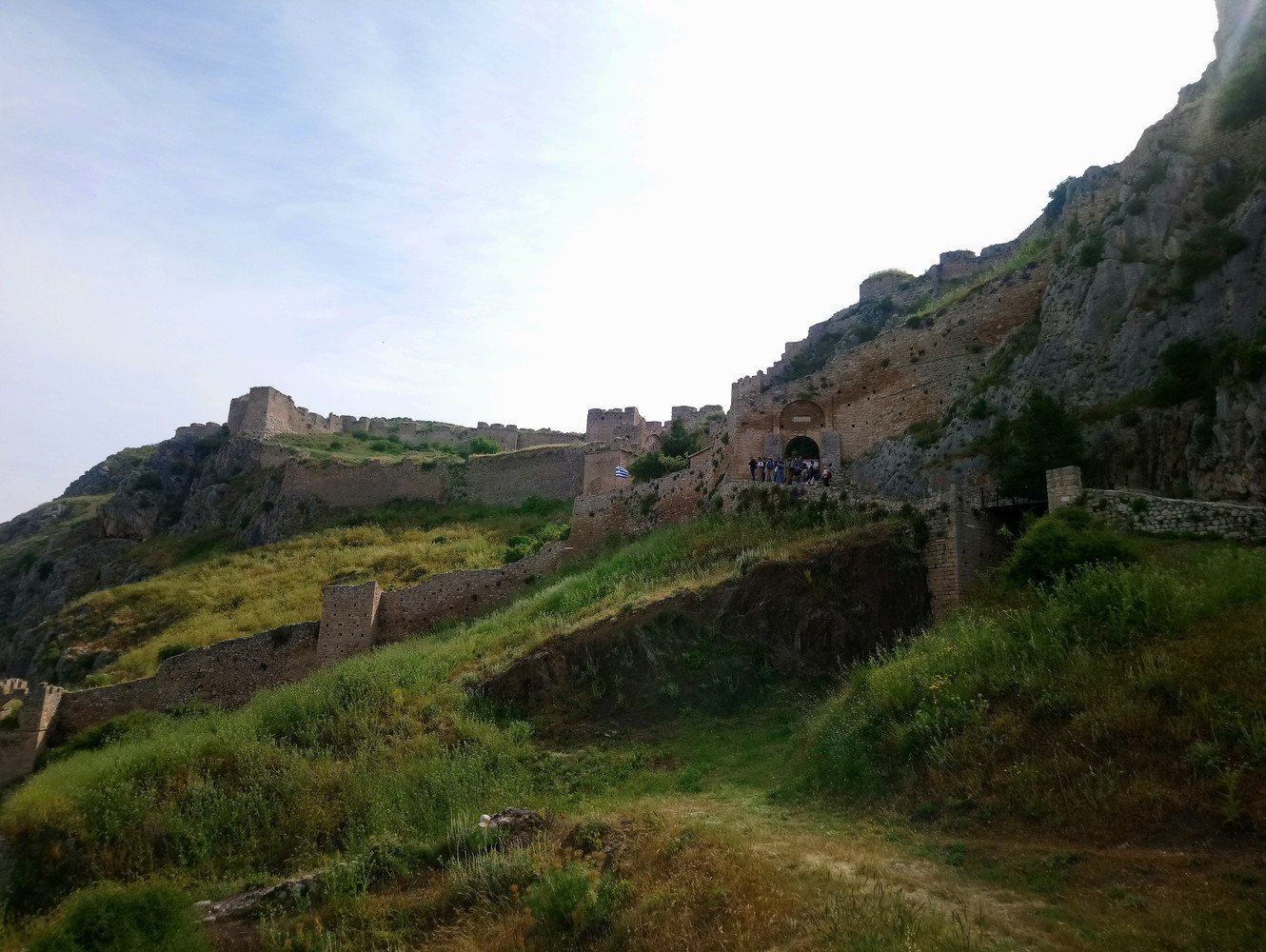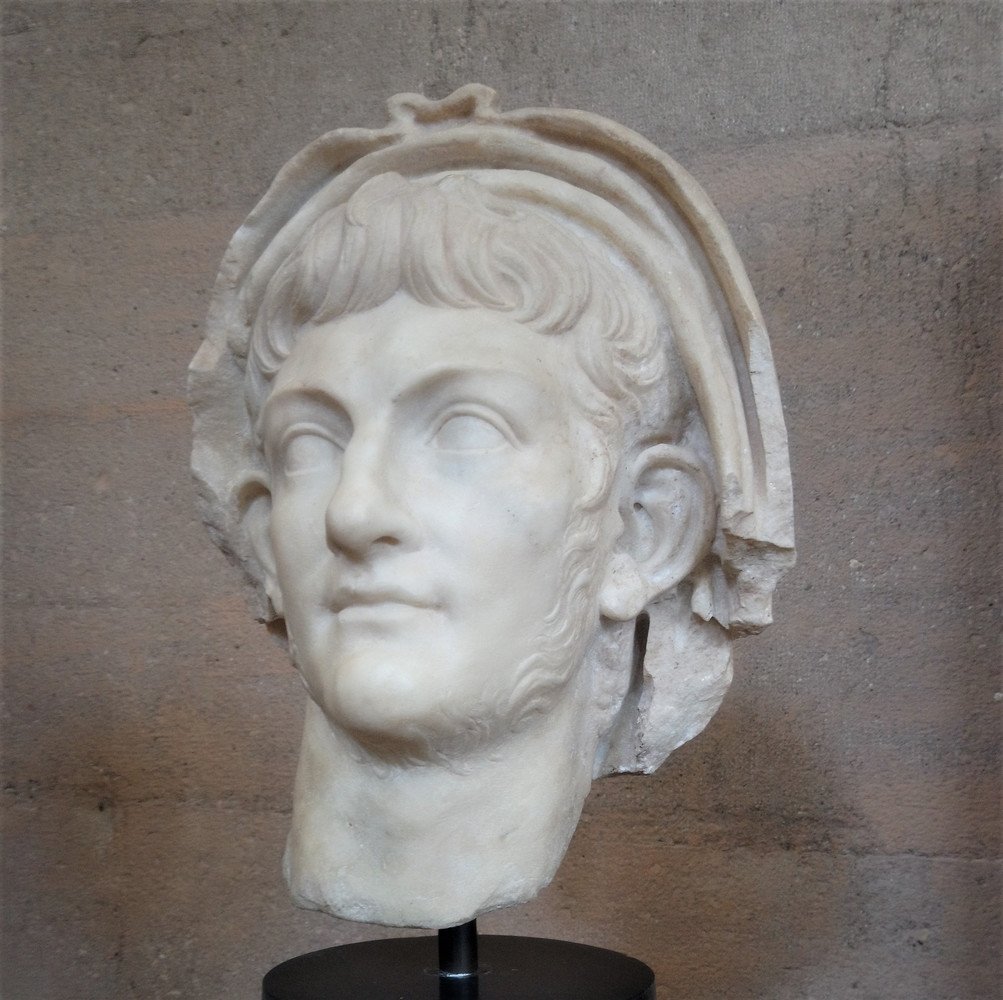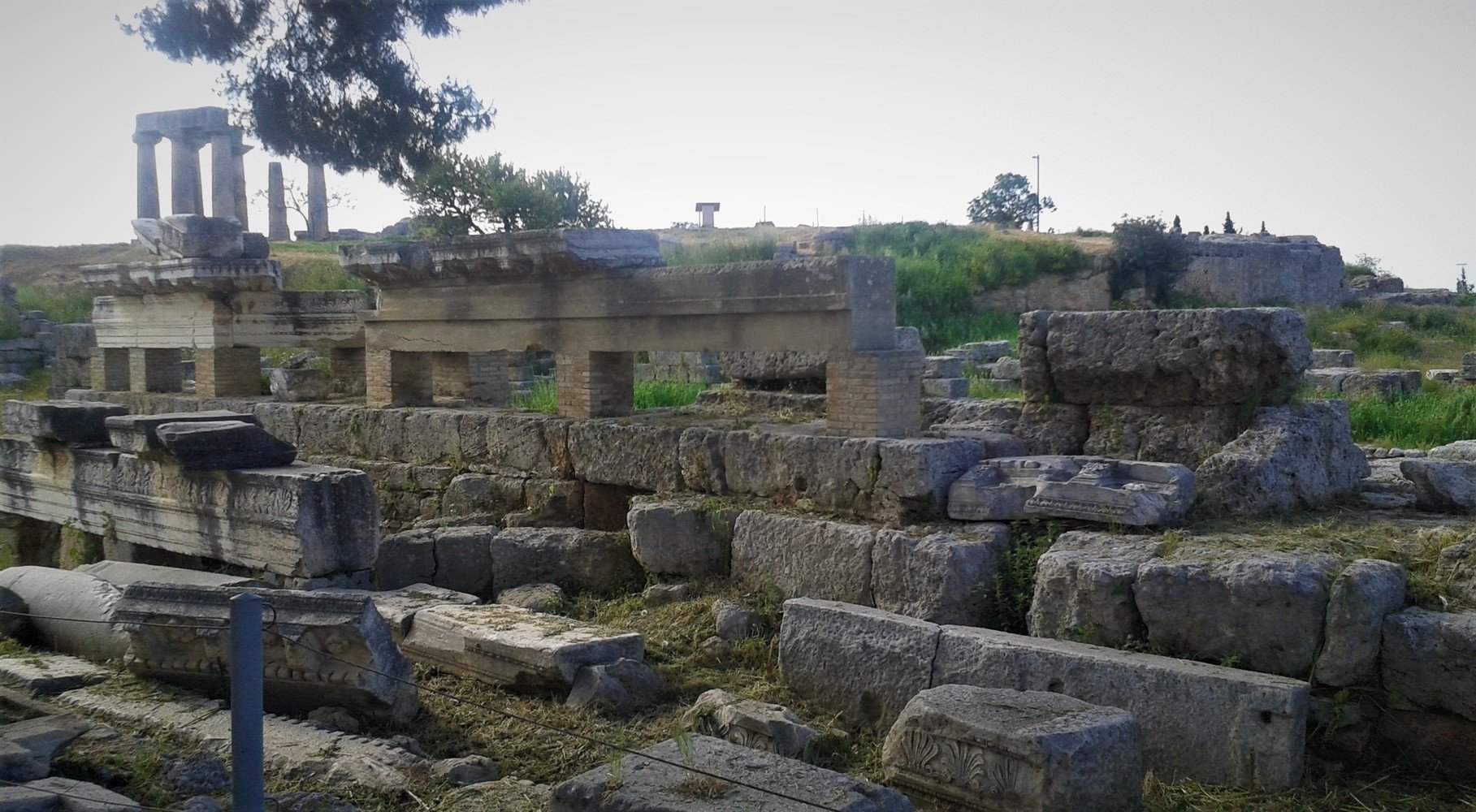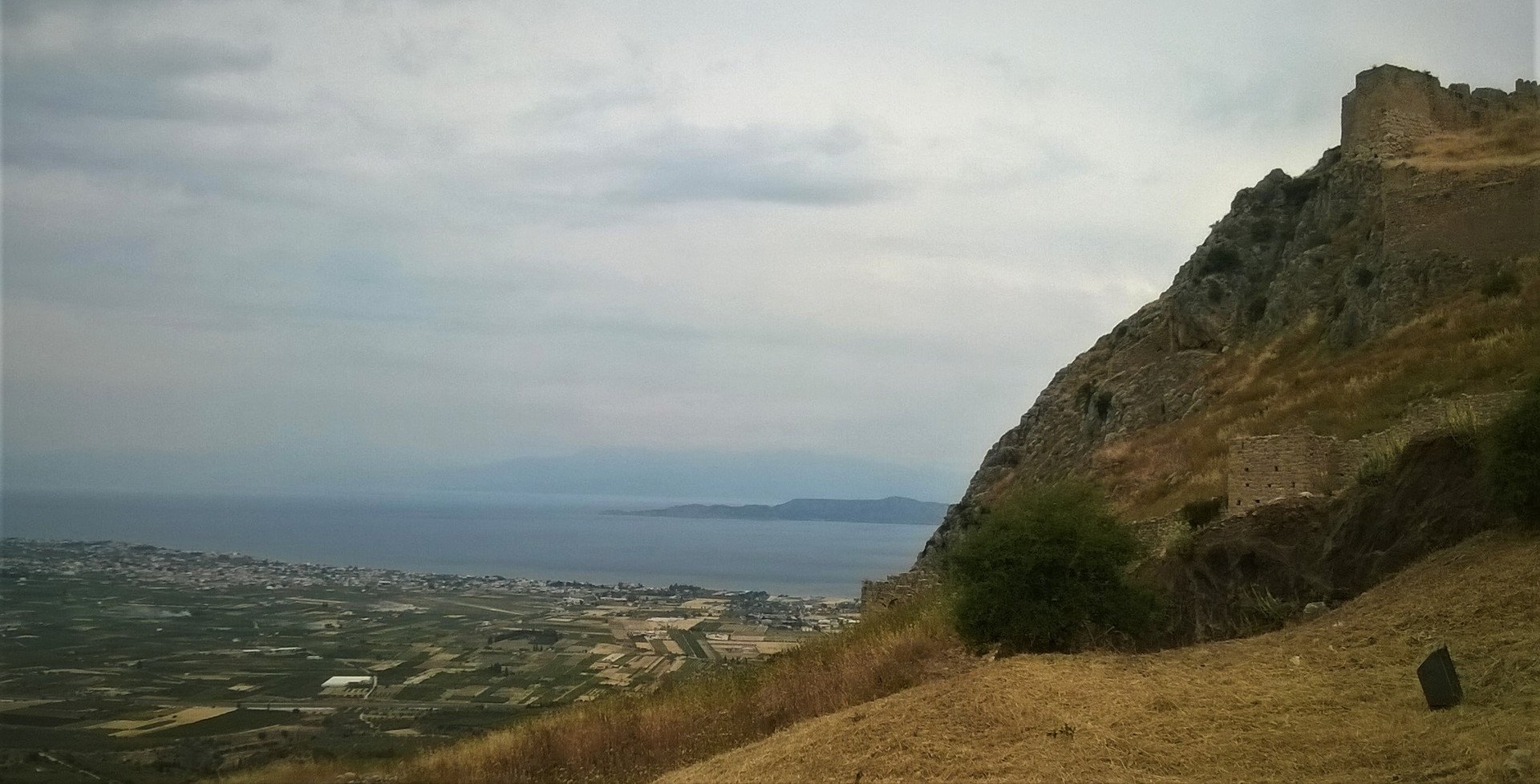Its position between two seas (the Corinthian and the Saronic gulfs or the Aegean and the Ionian seas) and between the land of the Peloponnese and that of mainland Greece had a decisive impact on the ancient city’s development and its long-lasting life.

Ancient Corinth was one of the richest and most powerful Greek cities from the 7th century BCE onwards, competing Athens, Sparta, and other important city-states. With abundant water, important natural resources for export, an imposing acropolis (Acrocorinth), large fertile land, and its unique strategic position, the city became soon one of the greatest commercial centers of the Greek world. Already by the early stages of Greek history, Corinth had developed an extended network of trade, with its long-distance stations and colony-cities in the Mediterranean basin. Corinthian clay vases of what the archaeologists label as “geometric-Orientalize style” traveled long distances that linked the Aegean with the coasts of Turkey, Cyprus, the Near East, and the southern Italian peninsula.
In the Classical period of the 5th century BCE, when Athens and Sparta were striving for dominance over Greece, Corinth had been reduced to a secondary position. Its name though revived in the late 4th century BCE, when Philip II of Macedon and later his son and successor Alexander (the Great) made it the center of a panhellenic (all-Greek) alliance against the Persians.

Corinth continued to be prosperous and important until the 2d century BCE, when the city and its people experienced their most dramatic hours, as a result of their opposition to the Roman takeover of Greece. Thus, in 146 BCE Corinth suffered unparalleled destruction and depopulation (perhaps similar to the siege of Carthage) at the hands of the consul and general Lucius Mummius. It was only a century later, in 44 BCE, that the city was re-founded – and entirely re-planned – as a Roman colony with new settlers and Roman veterans.
During this secondary flourish of Corinth, new imposing structures, streets framed by porticos and shops, temples, fountains, private benefactions, and so on, were built to fulfill the needs of a new hybrid and multi-ethnic society constituted by Greeks, Romans, and Jews. Moreover, the city’s location at the crossroads of the main trade and maritime routes attracted many merchants and businessmen, as well as people from all the social classes. In other words, Corinth was transformed into a thriving metropolis providing new financial opportunities to the wealthy and available jobs to the poor who were engaged in the agricultural and manufacturing sectors and the infamous metal workshops.

This cosmopolitan city was the one that Paul the Apostle visited around 50-52 CE after leaving Athens, a sleepy oasis of pleasure and leisure. Here, Paul found refuge among his fellow Jews and started his proclamation of the Cross. It seems that the city was very attractive to him and a logical place to establish a Christian community, for its numerous connections would assure the rapid propagation of the new religion. Paul remained in Corinth for about one and a half years, the longest period than in any other city in Greece. It is believed that he was in Corinth when he wrote some of his epistles to the Romans, the Galatians, and the Thessalonians, while later during his missionary activity, he sent out more epistles, two of which are part of the Canon of the New Testament (the 1st and 2d Corinthians).

In later centuries, earthquakes, invasions, and diseases seem to have reduced the city and its glory before its temporary abandonment and its revival during the medieval era.
Today, the stunning remains of the ancient Greek and Roman structures and the wealth of artifacts displayed in the recently restored local museum (ancient statues, exquisite vases, Roman mosaics, and portraits) invite all visitors from around the globe to discover Corinth’s fascinating and past life.
Of course, the route to Corinth requires the crossing of the Isthmus, the narrow piece of land connecting the peninsula that is the Peloponnese with the Greek mainland, or the more recent crossing of the famous Corinth Canal – a dramatic entering to the peninsula and a must-see place before driving further south. The ancient Corinthians had no canal (a construction achieved by French and Greek engineers in the 1880s) but they linked their two harbors by an amazing 4 miles long paved road known as “Diolkos” which was used to avoid circumnavigation of the Peloponnese, in other words, to evade traveling across the windy and dangerous promontories of southern Greece. Both Isthmus and Canal are impressive sights and landmarks for all travelers; hence, an upcoming blog text is promised to tell you their fascinating stories.
Author: Nota Karamaouna (Archaeologist and Tour Guide)